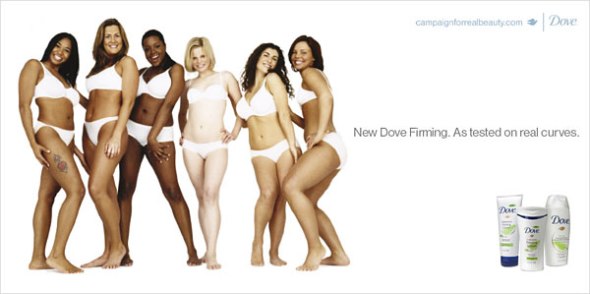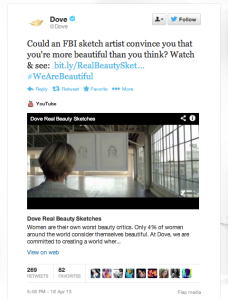Every since Vine was released, I have heard of companies using it as a promotional platform and using social media to get the content out there. I have to admit, I went looking for brands that have been using vine, because it is and interesting concept to me. Making a 6 second video powerful, relevant, and worth the time it takes the companies to create it seems to me like it could be tricky.
When I saw the Gap Vine account, I immediately understood how Vine is supposed to be used in a business setting and just how effective it can be.
The Vine that I particularly liked was a video with a shot of each label from their jeans line since 1969. It begins with vintage jeans and continues the show the back pocket and label until the most recent Gap jeans.
Though Gap’s use of Vine is not really a campaign, I still think it speaks to their social media abilities. Gap as a brand is always on the forefront of trends, while still maintaining a comfortable and even vintage look in their clothing and branding. This video is a perfect representation of that mixture in my opinion. Not only did Gap use Vine (which is an up and coming technology) before other brands, but it also appealed to the vintage side of their brand by showing the different vintage jeans that the brand has produced over the years.
In my opinion, Gap’s didn’t post this Vine with a strategy in mind, but they certainly were successful in using the app well and making themselves look cool. If their strategy had been, “Make a Vine that people watch and makes us look cool so everyone likes us more,” they definitely would’ve succeeded in my opinion.
The main thing that I learn from Gap’s use of Vine and why it was successful is that brands should try to keep up with technology, but also make sure not to lose their personality in the process. As attention spans get shorter and shorter, Vine could become the new Youtube viral video. The best part about it is that people don’t even need to be at a computer to view the content, because the Vine app is right there on the phone that they carry around all day. It’s genius, making a 6 second engaging video for short attention spans that is at people’s disposal 24/7.







